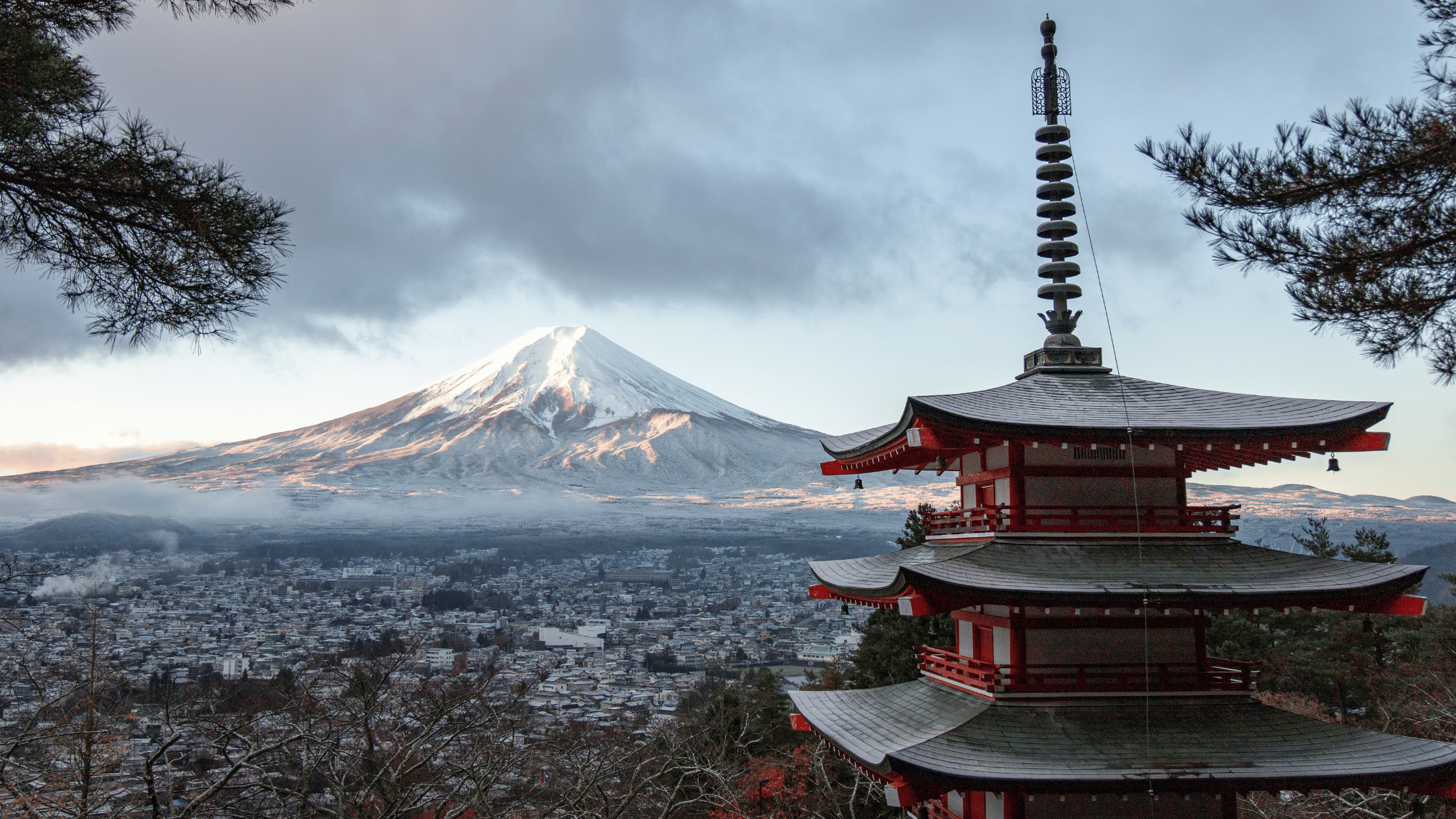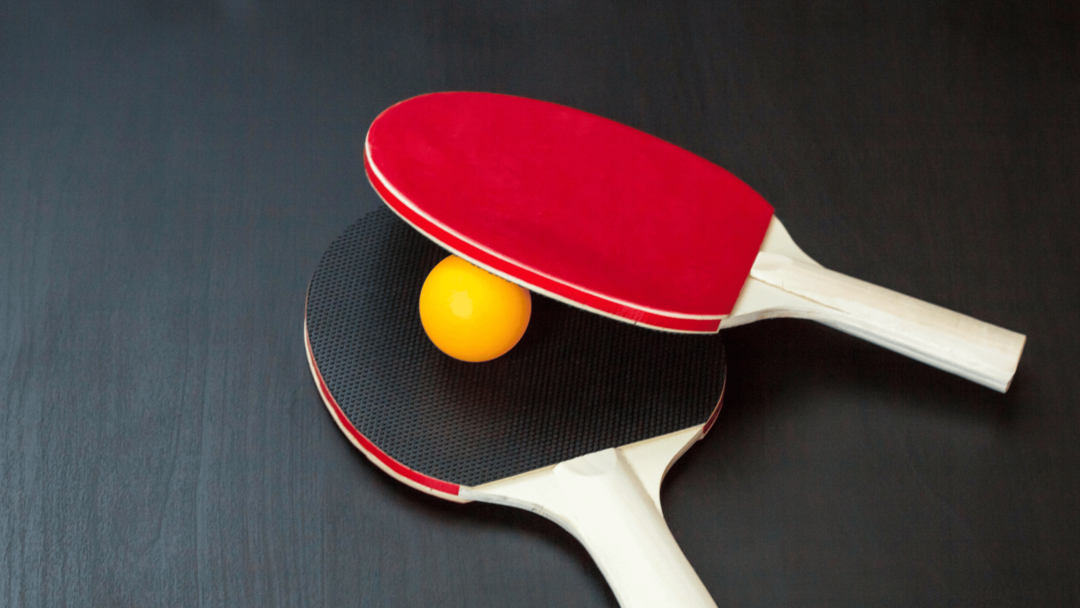Exploring the most popular hobbies in Japan offers a fascinating glimpse into the country’s rich cultural tapestry. From ancient traditions like Shodo, the art of calligraphy, which dates back to the 5th century, to modern and aesthetic activities such as shopping in Japan’s unique stores, you’ll find a diverse range of pastimes that reveal much about Japanese society and its values.
Understanding these hobbies not only enhances your appreciation of Japanese culture but also provides meaningful ways to connect with locals and deepen your own interests.

Engaging in hobbies like Kyudo, the Japanese practice of archery, allows you to experience the discipline and meditative aspects that are central to many traditional Japanese pursuits.
If you prefer nature, consider Hanami, the cherished tradition of cherry blossom viewing, where you can enjoy the fleeting beauty of cherry blossoms each spring.
These activities are not just pastimes but are deeply embedded in Japan’s social and cultural fabric, offering you a richer, more immersive experience.
Whether you’re interested in artistic endeavors, such as Ikebana flower arranging, or active hobbies like hiking through Tokyo’s myriad scenic routes, there’s something for everyone in Japan.
Discover places where you can learn and practice these hobbies, meet like-minded individuals, and immerse yourself fully in these enriching activities.
The journey into Japan’s world of hobbies promises to be both enlightening and enjoyable.
The Cultural Tapestry of Japanese Hobbies

Japanese hobbies are deeply interwoven with the nation’s history, religion, and unique traditions. Understanding these elements provides valuable insights into how these hobbies have shaped and been shaped by Japanese culture.
The Historical Roots of Leisure in Japan
Historically, leisure activities in Japan have evolved alongside major cultural shifts and influences. Tea ceremonies, known as Sado, developed during the 15th century with influences from Zen Buddhism.
Samurai culture also played a role in shaping popular pastimes, including the art of swordsmanship and calligraphy.
In rural areas, farming communities engaged in seasonal festivals and folk dances, illustrating how leisure activities were often tied to the agricultural calendar.
Influence of Religion and Philosophy on Japanese Hobbies
Religion and philosophy have significantly influenced Japanese hobbies. Shinto and Buddhism, the predominant faiths, imbue many activities with spiritual significance.
The tea ceremony is a prime example, underlining principles of tranquility and mindfulness.
Zen Buddhism, in particular, emphasizes simplicity and nature, reflected in activities like bonsai and ikebana (flower arranging).
Shinto celebrations often include traditional dances and music performed at shrines, revealing how religion enriches leisure activities with cultural depth.
Unique Traditional Hobbies and Their Significance
Several unique hobbies carry profound cultural importance in Japan.
Bonsai, the art of cultivating miniature trees, stems from ancient Chinese horticultural practices but has evolved with specific Japanese aesthetics.
Origami, the delicate craft of paper folding, reflects the Japanese value of precision and beauty in simplicity.
The ancient practice of roketsu, indigo dye and wax artwork, illustrates the deep appreciation for natural materials and traditional techniques.
Moreover, Taiko drumming and sake brewing showcase the interaction between performance arts and everyday life in Japanese society.
Contemporary Popular Hobbies in Japan

Contemporary hobbies in Japan are a fascinating blend of rich cultural heritage and modern innovation. From the vibrant universes of anime and manga to the immersive world of gaming, and the diverse musical practices, these hobbies deeply influence daily life in Japan.
Anime and Manga: The Heartbeat of Japanese Pop Culture
Anime and manga are central to Japanese popular culture. Originating in the early 20th century, manga quickly gained a large readership.
Anime followed, turning many manga stories into animated series. Genres range from action and adventure to romance and slice-of-life, appealing to a broad audience.
Studios like Studio Ghibli and creators such as Hayao Miyazaki have gained worldwide fame.
Visitors can explore places like the Ghibli Museum in Tokyo to immerse themselves in anime culture. Whether you’re a reader or a viewer, there’s a diverse and rich world waiting for you.
Gaming Industry: From Nintendo to Playstation
Japan’s gaming industry is iconic. Companies like Nintendo and Sony have cemented their status globally.
Nintendo, with franchises like Mario and Zelda, revolutionized gaming. The PlayStation series pushed the boundaries with its advanced graphics and expansive game library.
Game centers, known as “arcades,” are popular spots where you can experience various games.
Japan also has a thriving video game tournament scene, further emphasizing its cultural significance. Whether playing at home or in an arcade, gaming is a beloved pastime for many Japanese people.
Musical Expression: Karaoke and Taiko Drums
Music is another vital aspect of Japanese leisure.
Karaoke, invented in Japan, is a favorite activity. You can find karaoke bars almost everywhere, offering private rooms and vast song selections. It’s a social activity, ideal for friends and colleagues to enjoy together.
Taiko drumming is also significant, rooted in traditional Japanese festivals.
Many places offer experiences for you to learn and play these powerful drums. Schools and community centers often host taiko classes, making it accessible for everyone to enjoy this cultural practice.
Sports and Physical Activities

Japan offers a rich tapestry of sports and physical activities, blending traditional martial arts with modern sports like baseball and rugby. Each sport carries its own cultural significance and history, making them more than mere physical exercises.
The Discipline of Martial Arts and Archery
Martial arts are a key component of Japanese culture. Kendo, aikido, karate, and judo are widely practiced for both discipline and self-defense.
Kyudo, the Japanese art of archery, focuses on precision and spiritual development. Schools often offer martial arts as part of the curriculum, ensuring that these disciplines are ingrained from a young age.
Practicing martial arts can enhance both physical fitness and mental discipline.
Many dojos (training halls) offer classes for beginners and advanced students alike, emphasizing the importance of respect and tradition.
Sumo Wrestling: A Sport Steeped in Tradition
Sumo wrestling is Japan’s most iconic sport with a history dating back over 1,500 years.
This traditional sport involves not only physical strength but also ritualistic practices that are deeply rooted in Shinto traditions. The wrestlers, known as rikishi, follow strict diets and training regimens to reach their peak form.
The de facto national sport features grand tournaments held six times a year, attracting large audiences. Attending a sumo match is a unique experience where you can witness ancient rituals and the sheer force of the competitors.
Modern Sports Influence: Baseball and Rugby
Baseball is incredibly popular in Japan, introduced in the 19th century by visiting Americans.
It’s not only a professional sport but also a common pastime, with many schools having baseball teams. The sport’s significance is evident in the massive fan base and the high level of competition.
Rugby, while less dominant than baseball, has also made significant inroads, especially after Japan hosted the 2019 Rugby World Cup.
The sport has gained a following due to its teamwork and strategic complexity. Many local clubs and schools now offer opportunities to train in rugby, making it accessible for all ages.
Artistic Creativity in Japanese Hobbies

Artistic hobbies in Japan allow individuals to explore self-expression and precision while engaging with centuries-old traditions. Each practice not only offers a way to create beautiful art but also serves as a form of mindfulness and cultural connection.
Calligraphy and Pottery: Self-Expression Through Art
Calligraphy (shodo) and Japanese pottery offer distinct avenues for artistic expression.
Shodo, traditional Japanese calligraphy, involves using brush and ink to create characters with fluid, expressive strokes. The emphasis is on the beauty of the written word and the meditative act of writing.
Japanese pottery, such as Kutani ware, involves crafting intricate and colorful ceramics. The pottery process, from shaping clay to painting and glazing, allows for significant personal creativity.
Ikebana and Origami: The Art of Precision and Patience
Ikebana, the Japanese art of flower arranging, combines creativity with strict rules of composition.
Practitioners arrange flowers, branches, and leaves in a manner that emphasizes harmony, balance, and simplicity. Each arrangement reflects careful consideration of color, line, and space, creating a sense of tranquility.
Origami, the art of paper folding, involves transforming pieces of paper into intricate shapes and figures without cutting or gluing.
This hobby requires patience and precision, as each fold must be exact to achieve the desired outcome. Origami promotes concentration and dexterity, providing a quiet space for creativity and relaxation.
Experiencing Japanese Festivities and Seasonal Events

Exploring Japanese festivities offers a glimpse into the vibrant culture and rich traditions of Japan. From the mesmerizing beauty of cherry blossoms to the grand scale of annual festivals, these events hold profound cultural significance and are a highlight for both locals and tourists.
Hanami: Cherry Blossom Viewing
Hanami, the traditional practice of viewing cherry blossoms, is often celebrated during the sakura season in spring.
You can enjoy picnics under the blooming cherry trees in parks like Ueno Park in Tokyo or Maruyama Park in Kyoto.
Cherry blossoms, or sakura, symbolize the fleeting nature of life, with their brief blooming period reminding people to appreciate the beauty and fragility of existence.
The custom dates back to centuries ago and remains an essential part of Japanese culture. Many locals indulge in food, drinks, and even traditional music while savoring the picturesque scenery.
Annual Festivals and their Cultural Importance
Japan’s annual festivals are deeply rooted in history and tradition.
Gion Matsuri in Kyoto, for instance, celebrates Yasaka Shrine and has been held for over 1,100 years. Featuring grand processions of floats, the festival highlights Kyoto’s craftsmanship and community spirit.
Another notable festival is the Sapporo Snow Festival in Hokkaido, showcasing intricate ice sculptures from artists worldwide.
Held in early February, it attracts millions of visitors annually.
In Tokyo, the Kanda Matsuri is celebrated near May 15 with vibrant parades, honoring the Kanda Myojin shrine.
These festivals not only honor historical and religious traditions but also contribute immensely to local and national identity.
Attending such events will give you a deeper insight into Japan’s cultural landscape.
Social and Leisure Life in Japan

Social and leisure activities in Japan often center around communal and cultural experiences. Due to the high value placed on harmony and community, many leisure activities are group-oriented and steeped in tradition.
The Role of Izakayas and Public Baths in Socialization
Izakayas, Japanese-style pubs, are crucial for socialization. These establishments offer a relaxed setting for people to unwind after work.
You can enjoy a variety of foods, from grilled skewers to seafood dishes, paired with drinks such as sake and beer.
Congregating at an izakaya promotes informal conversations, strengthening both personal and professional relationships.
Public baths, or onsens, also play a significant role.
These hot springs are not just for relaxation but serve as a space for social interaction.
Bathing together, a practice known as naked communion, encourages openness and bonding.
Facilities often include separate baths for men and women, as well as mixed baths, promoting a sense of community and relaxation.
Domestic Travel: Exploring Temples, Shrines, and Nature
Domestic travel is a popular leisure activity in Japan.
Visits to temples and shrines offer a glimpse into the country’s rich spiritual culture.
For example, the Fushimi Inari Shrine in Kyoto is renowned for its thousands of red torii gates, creating a mesmerizing path through the forest.
Exploring natural landscapes is equally favored.
Walking and hiking are common activities, with trails like the Kumano Kodo pilgrimage routes offering serene environments.
These experiences are not only physically invigorating but also spiritually enriching, helping you reconnect with nature and history.
People also visit national parks that boast stunning views, such as Mount Fuji and the Japanese Alps.
This combination of cultural and natural exploration offers a well-rounded understanding of Japan’s heritage.
Fashion and Apparel as a Form of Hobby and Expression

Fashion and apparel in Japan, especially traditional garments like kimono and hakama, aren’t just about what people wear; they are deeply embedded in culture and history. You’ll discover how these garments have evolved and their significance in modern-day Japan.
The Evolution and Popularity of Kimono and Hakama
The kimono is a traditional Japanese garment that has been worn for centuries. Once a daily attire, today it is often reserved for special occasions such as weddings, tea ceremonies, and festivals.
The intricate designs and fabrics used in kimonos are a testament to Japan’s rich cultural heritage.
Likewise, the hakama, originally worn by samurai, has transitioned from historical attire to modern fashion.
It consists of a skirt-like pants worn over a kimono and is now commonly seen in martial arts, academic ceremonies, and cultural events. The hakama’s pleats are designed to symbolize virtues such as courage and honor.
Engaging in traditional Japanese hobbies like wearing and making kimonos or hakamas provides a deeper insight into Japanese culture.
It’s not just about the clothing; it’s about preserving history, appreciating art, and engaging in a cultural expression that has stood the test of time.
You can explore these activities in places like Kyoto, where traditional craftsmanship is still practiced extensively.
For anyone interested in exploring this aspect of Japanese culture, visiting workshops and classes that teach kimono-making and dressing can be a rewarding experience.
Japanese Cuisine: A Hobby for Taste and Craft

Exploring Japanese cuisine offers both a depth of cultural significance and an opportunity for culinary creativity. From mastering the art of sushi to experiencing the meticulous rituals of a tea ceremony, there are diverse hobbies within the realm of Japanese gastronomy.
Sushi and Ramen: Culinary Arts as Pastime
Engaging in the preparation of sushi and ramen isn’t just about making food; it’s about appreciating and recreating traditional Japanese culinary techniques.
Sushi involves crafting delicate rolls using vinegared rice, fresh fish, and vegetables, often paired with wasabi and soy sauce.
Ramen, on the other hand, is a beloved noodle dish steeped in rich broths, typically pork-based or miso-based, and adorned with meats, soft-boiled eggs, and vegetables.
Creating ramen at home allows you to explore the depths of flavor combinations and get hands-on with the intricate process of noodle making.
Both these dishes offer a satisfying blend of artistry and technique, making them popular hobbies for those interested in Japanese culture and gastronomy.
The Essence and Rituals of the Japanese Tea Ceremony
The Japanese tea ceremony, known as chanoyu or sado, is a spiritual and philosophical artisan practice dating back to the 9th century.
This hobby involves the ceremonial preparation and presentation of matcha, powdered green tea.
Each aspect of the ceremony, from the selection of the tea utensils to the meditative actions performed, embodies respect, tranquility, and mindfulness.
Practicing the Japanese tea ceremony requires learning precise movements and an understanding of the symbolism behind each step.
It’s not just a beverage preparation but a ritual that fosters deep connection and appreciation for the moment.
Engaging in this traditional hobby provides a profound insight into Japanese aesthetics and offers a peaceful, reflective break from daily life.
Intellectual and Quiet Pursuits

Engaging in quiet pastimes is highly valued in Japan. These activities often provide a sense of relaxation and intellectual fulfillment, allowing you to unwind while deepening your cultural understanding.
Reading and Literature: A Window Into Japan’s Soul
Reading holds a significant place in Japanese culture. It’s not uncommon to see people engrossed in books during their leisure time, whether in bustling cities or quiet villages.
The Japanese literary tradition spans centuries, from classic works like “The Tale of Genji” to modern novels by Haruki Murakami.
Joining a local book club or visiting a traditional bookstore can be an enriching experience.
Libraries and literature festivals are also excellent places to explore.
Online resources and translated books make it easier to delve into Japanese literature, even if you’re not fluent in the language.
For a tranquil reading experience, consider visiting a kissaten, a traditional Japanese café.
These venues often provide a peaceful atmosphere perfect for reading.
Enjoying a book here can make your leisure time even more relaxing and intellectually stimulating.
Entertainment and Multimedia Engagement

Entertainment and multimedia engagement in Japan blends new technology with traditional forms of art. The rise of streaming services has changed how people consume movies and music, while traditional performances such as kabuki and noh maintain a significant cultural presence.
The Rise of Streaming Services in Japan
Streaming services like Netflix, Hulu, and Amazon Prime Video have significantly impacted how Japanese people watch movies and series.
These platforms provide a wide array of content, from local Japanese dramas to international blockbusters, making it convenient to access diverse multimedia options.
Music streaming services such as Spotify and Apple Music have also revolutionized how people listen to music.
These services offer extensive libraries of songs, enabling users to explore various genres and new artists effortlessly.
While modern streaming services thrive, traditional cultural performances like kabuki and noh continue to attract audiences.
These age-old art forms offer a contrast to the digital content, providing a rich cultural experience that is cherished by many.
Frequently Asked Questions

Japanese hobbies encompass a diverse range of activities, from traditional arts to modern-day pastimes. Each hobby reflects Japan’s rich cultural history and societal values, offering insights into the daily lives and interests of its people.
What are some unique traditional hobbies enjoyed in Japan?
Traditional Japanese hobbies include Ikebana (flower arranging), which emphasizes symmetry and minimalism, and Kyudo (archery), an art form blending precision and meditation.
Ikebana highlights the aesthetic appreciation of nature, while Kyudo is considered a spiritual discipline as well as a sport.
How has Japanese culture influenced the development of its sports?
Japanese culture has deeply influenced the development of sports like Sumo Wrestling and Judo, both of which have roots in ancient rituals and philosophies.
Sumo, for example, originated as a Shinto ritual, and Judo emphasizes the principles of respect and discipline fundamental to Japanese society.
Which cultural activities are traditionally associated with the Edo and Taisho eras?
During the Edo era, activities such as Kabuki Theater and Ukiyo-e Woodblock Printing gained prominence.
The Taisho era saw the rise of Shodo (calligraphy), blending traditional techniques with modern artistic expression.
Shodo is still a revered practice today, reflecting its historical importance.
What are major tourist attractions in Japan connected to its cultural hobbies?
Tourist attractions showcasing Japanese hobbies include the Tokyo National Museum, which offers insights into traditional arts like tea ceremonies, and Kyoto’s Gion District, known for its geisha culture.
These locations provide immersive experiences into Japan’s cultural practices and historical hobbies.
What is a commonly practiced hobby among locals in Japan today?
Listening to music is incredibly popular in Japan. The country has a vibrant local music scene and remains a significant market for international music.
Listening to music reflects the global influence on Japanese leisure activities.
Can you list five cultural facts that underpin the popularity of hobbies in Japan?
- Historical Roots: Many hobbies trace back to ancient practices and rituals.
- Aesthetic Appreciation: A deep cultural focus on beauty and nature.
- Spiritual Discipline: Hobbies often incorporate mindfulness and meditation.
- Community Involvement: Many hobbies foster community bonds and social interaction.
- Adaptation and Innovation: Traditional hobbies evolve with modern influences while retaining core values.





